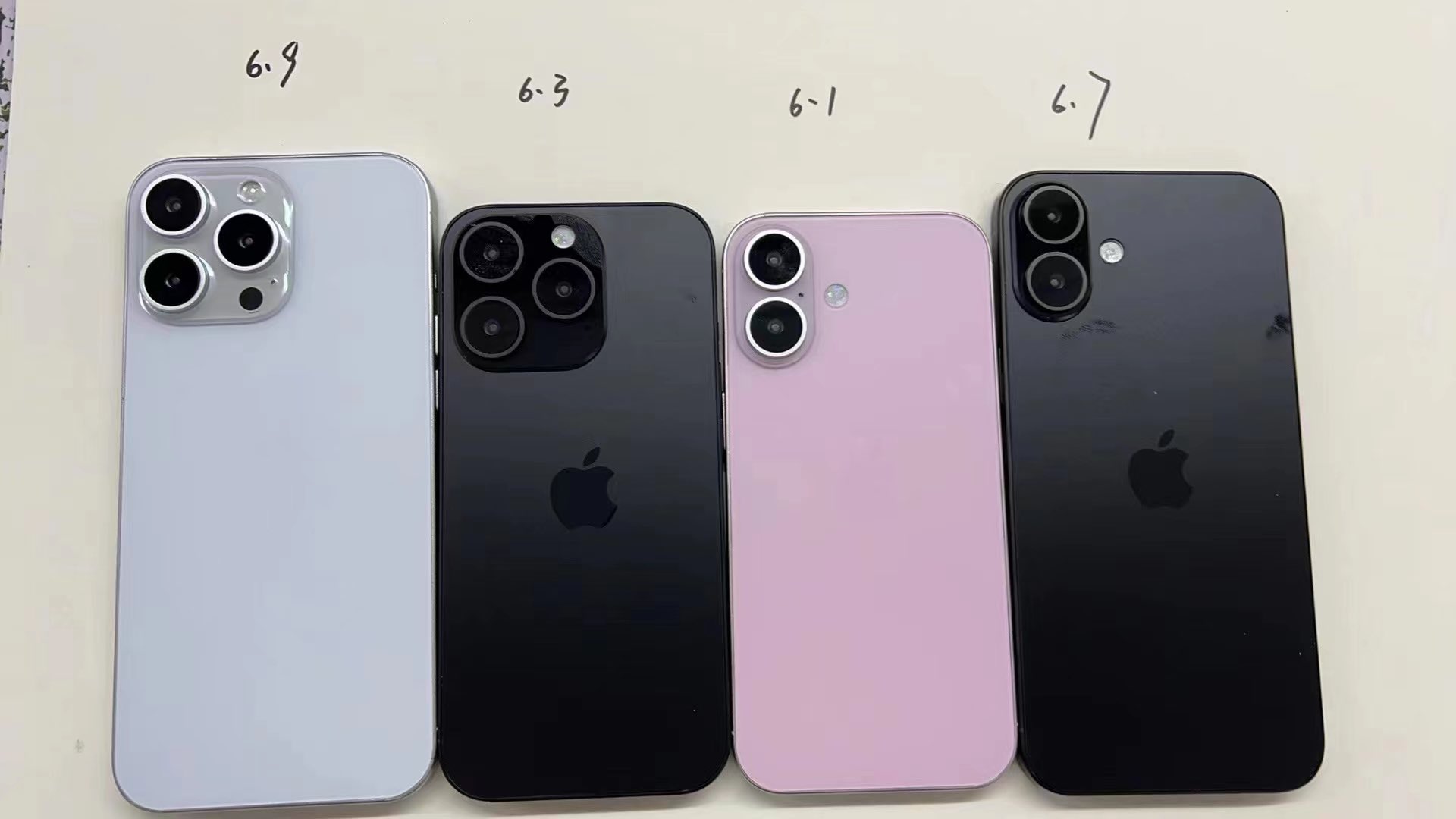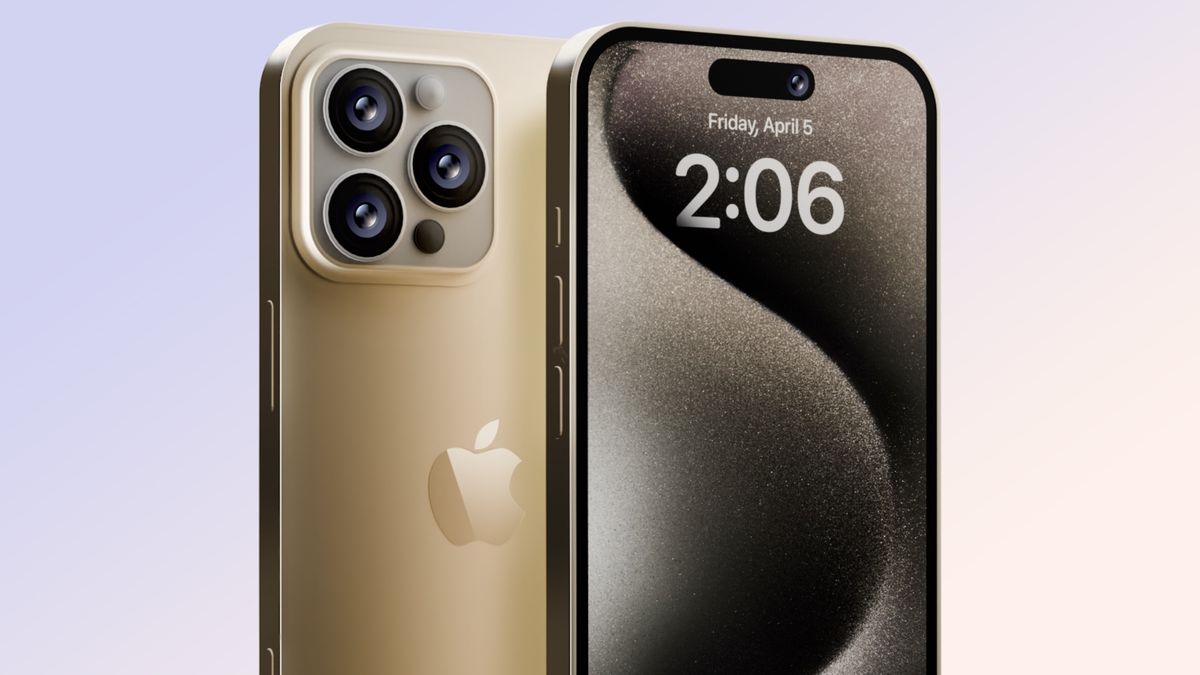It’s getting harder to make your smartphone stand out from the crowd, even if you’ve got one of the best phones out there. Everything from display refresh rates to camera specs has evolved to become nearly identical from one phone to the next, and if one device offers a particularly clever software feature, it won’t be long before rival handsets adapt some version of their own.
That’s the challenge facing Apple as we get closer to the likely iPhone 16 release date in September. Indeed, from the sound of iPhone 16 rumors, the biggest potential changes — some larger screen sizes for the iPhone 16 Pro models, new chipsets and Capture buttons for everything — are the sort of improvements you’d expect to see, but not the kind that get the heart racing.
But there is one thing Apple can do with the iPhone 16 this fall that would absolutely set its new phones apart from many of the other top models to have come out this year — it could keep prices for the new iPhones the same as what Apple charges for the current models.
2024: The year of the phone price hike
To release a major flagship in 2024 is to apparently wrestle with just how much to charge for it — the answer in many cases appears to be “more than we did for the last batch of phones.” Samsung kicked off the trend in January, when the Galaxy S24 Ultra tacked on another $100 to the S23 Ultra’s starting price, bringing the cost of the new phone to $1,299.
Not long after, the OnePlus 12 reached the U.S., with the phone costing $799, another $100 price increase over its predecessor. Here, at least, an ongoing promotion lets you drop the phones cost back down to $699, provided you’ve got a current device to trade in.
Even foldable phones — already among the most expensive devices you can buy — aren’t insulated from having to raise the prices. Samsung introduced the Galaxy Z Flip 6 and Galaxy Z Fold 6 this month with matching $100 price increases over what their predecessors costs. That means the latter phone now starts at an astonishing $1,899.
We don’t know if price hikes are in store for Google’s hardware event scheduled for August, where we’re expecting to see the Pixel 9 phones make their debut. But at least one rumor does point to potential higher prices, at least for some of the four different phones that Google could introduce. That would follow $100 jumps for the Pixel 8 and Pixel 8 Pro over their predecessors.
Apple’s not free of priors in this discussion, either. While it held the line on prices for three of the four iPhone 15 models released nearly a year ago, the iPhone 15 Pro Max’s $1,199 starting price is $100 more than what the iPhone 14 Pro Max cost.
What will Apple do with iPhone 16 prices?

These price increases aren’t happening for arbitrary reasons. The cost of parts used to assemble phones is on the rise, too, and in some cases, phone makers have decided to pass those costs on to consumers, likely to maintain profit margins for their new devices.
It’s unclear if those same cost pressures will also be felt by Apple when it comes time to set iPhone 16 pricing. Certainly, we haven’t heard about any potential iPhone 16 price hikes to date, but that’s the sort of detail that tends to leak out just ahead of a new phone launch. With July giving way to August, we’re at the point where the rubber could soon meet the road on iPhone 16 price rumors.
Of the four rumored iPhone 16 models, the iPhone 16 Pro and iPhone 16 Pro Max would seem to be the most likely to see higher prices, given the improvements reportedly planned for those devices. We’re expecting phones with larger screens, and the iPhone 16 Pro is likely to get the improved telephoto lens that Apple brought to the iPhone 15 Pro Max — the only iPhone last year that faced a price hike.
However, Apple has plenty of incentive to hold the line on iPhone 16 Pro prices. The negative impact of the iPhone 15 Pro Max price hike was somewhat blunted by Samsung’s decision to raise the price of the Galaxy S24 Ultra a few months later — as a result, there’s still a $200 price gap between the premium devices offered by both Apple and Samsung. That’s important from a psychological standpoint.
But even more important psychologically is the $1,000 threshold. Stay under it — even by a dollar — and people have an easier time mashing that buy button than they would for something costing $1,099. You’d imagine that will weigh into Apple’s thinking as it looks at the $999 slot in its current lineup.
There’s also a good argument for keeping the iPhone 16 and iPhone 16 Pro at the same respective $799 and $899 prices as their predecessors. A big part of this year’s iPhone upgrade cycle involves the new Apple Intelligence features coming to Apple’s phone this year, as Apple taps AI to fuel new writing and image generation capabilities.
Apple Intelligence requires a phone with an A17 Pro chipset or later — that means the iPhone 15 Pro models are the only existing iPhones that can support these features. Should the Apple Intelligence features prove tempting enough, you’d imagine people will be motivated to upgrade to a new iPhone. And that’s a lot easier to do when the starting price for an iPhone 16 model remains $799.
Beating the Apple Tax
Apple has a not undeserved reputation for charging premium prices for its products compared to its rivals, the so-called Apple Tax. Imagine the reaction, then, when CEO Tim Cook takes the stage at Apple’s iPhone 16 launch event and tells people that the company isn’t adding one cent to the cost of its latest handsets. That’s the kind of marketing coup that extra money just can’t buy.










